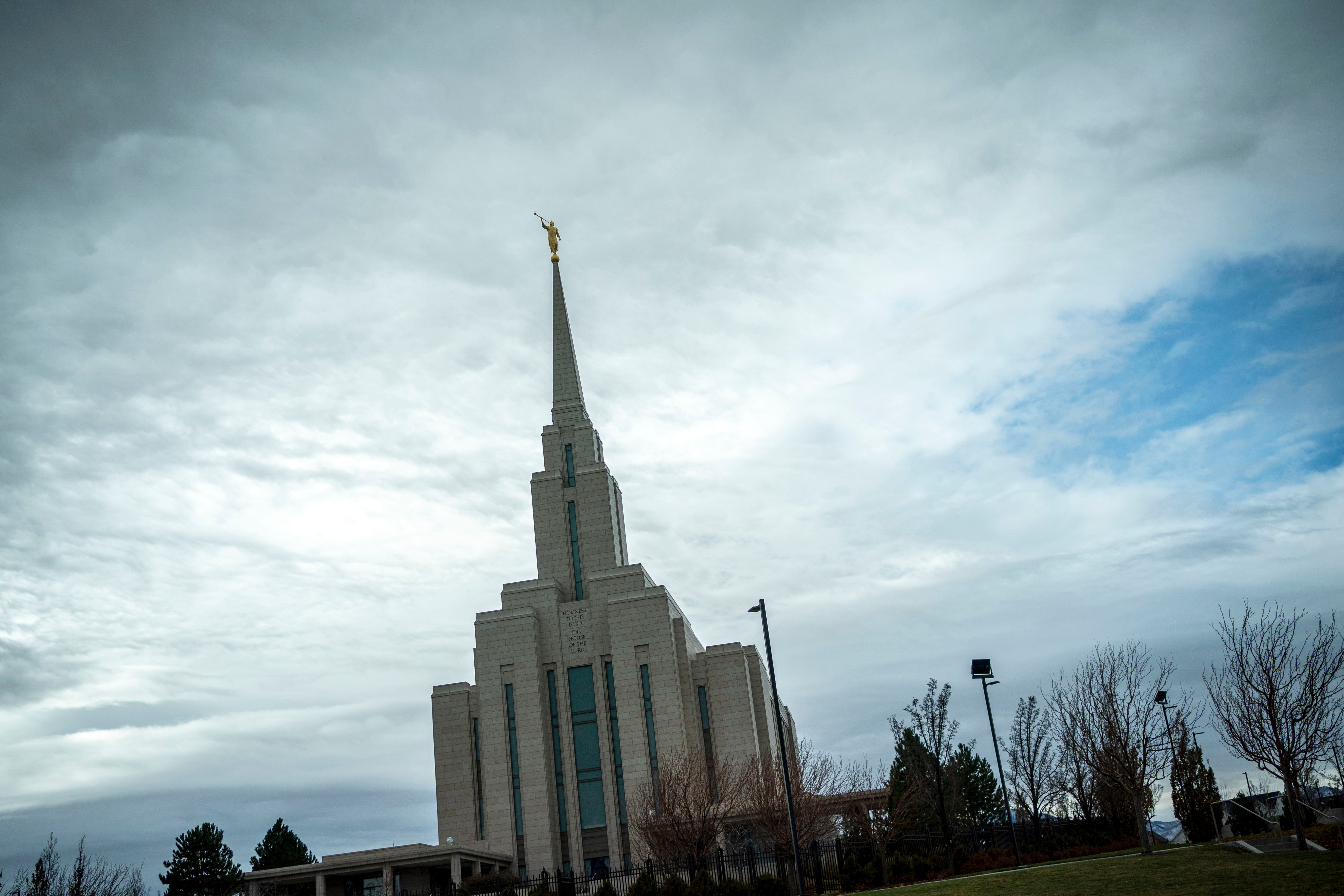The Church of Jesus Christ of Latter-Day Saints – also known as the Mormon Church – has a complex history of race relations. This article provides an objective and factual analysis of the treatment of Blacks in the Mormon Church. The article outlines the policies and practices that were put in place and the way in which the Church developed to dispel the practices and beliefs that were previously linked to racism.
Blacks in Mormonism: A Historical Overview
Between 1852 and 1978, between 1852 and 1978, the Mormon Church implemented a policy that prohibited blacks within Mormonism from priesthood ordination. This decision was the result of religious and racial beliefs at the time. Black individuals were excluded from certain rites and responsibilities within the Church, resulting in discrimination in the Mormon community. This discrimination was not unique to Mormonism. It reflected the widespread racial prejudices in American society at the time.

Mormon Black People and the 1978 Revelation
The turning point in history occurred in 1978 when the president of the Church, Spencer W. Kimball was given what Mormons believe was an angelic revelation concerning the exclusion of Black people from the priesthood. The revelation is thought to be the pivotal event which changed the long-standing policy. The Church of Jesus Christ of Latter-Day Saints confirmed that Black individuals could now hold the priesthood, and take part in all aspects of the Church.
The Church today opposes the racist ideology, while encouraging the unity of all people and encouraging everyone to join in the love of Jesus Christ, regardless of race. The doctrine of today asserts that all people are equal and emphasizes the acceptance of God for all people regardless of gender, race, social status, or other factors. For more information, click Mormons and Black People
Joseph Smith’s Fair Treatment of Black Individuals
Joseph Smith, the founder of the Mormon Church, treated Black people with respect, despite the prejudices of the day. Joseph Smith is known to have been the first to ordained black people into the priesthood during his lifetime. This was in accordance with Smith’s teachings about equality and inclusion in the Church. The next leaders, however have implemented policies that barred black priests from being ordained and reflected changing attitudes towards race in the mid-19th-century.
Racism in the United States The Call to Take Action
The Church of Jesus Christ of Latter-Day Saints has taken significant actions to combat racism and promote unity among its members. The Church’s leadership has issued statements that disavow old racial customs and beliefs. The Church’s leadership has issued statements disavowing the past racist beliefs and practices.
The Church is actively promoting respect, love and respect among its diverse members, while highlighting their worth and worth. The Church is working to educate members on the importance of acceptance, diversity, and the abolition of the discriminatory beliefs.
The conclusion of the article is:
Knowing the Church of Jesus Christ of Latter-Day Saintsthe evolution of dealing with issues of race and the past of Blacks within Mormonism is vital to fostering unity. The restriction of Blacks from the priesthood for more than a century reflects a painful time in the history of the Church. The revelation of 1978, however, was a significant moment that signaled an acceptance of equality and inclusion.
The current position adopted by the Mormon Church opposes racism and recognizes equality. It also advocates love and acceptance for everyone in its membership. Through addressing the historical prejudices against race, and taking steps to progress in this direction, the Mormon Church is moving forward in a direction of acceptance and understanding.
